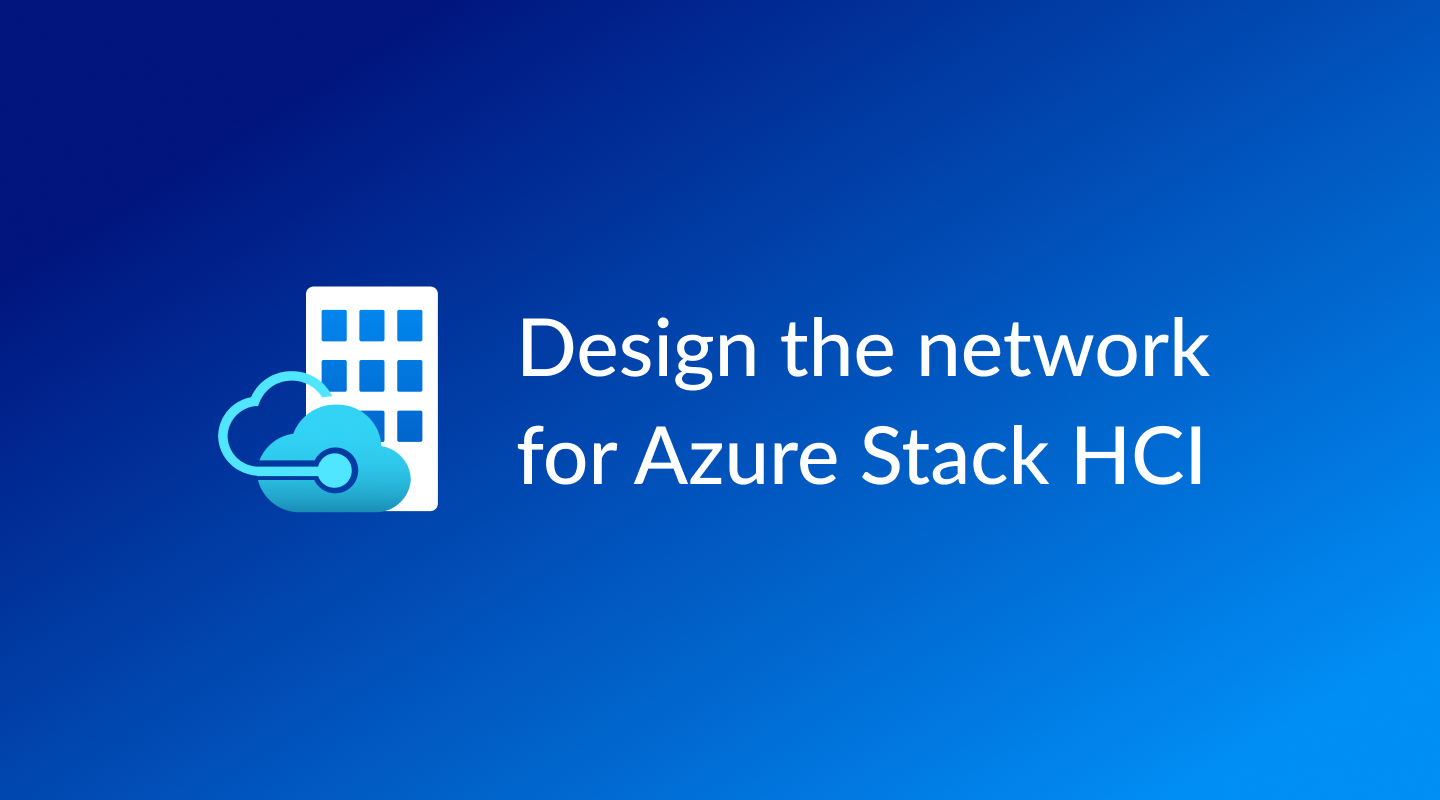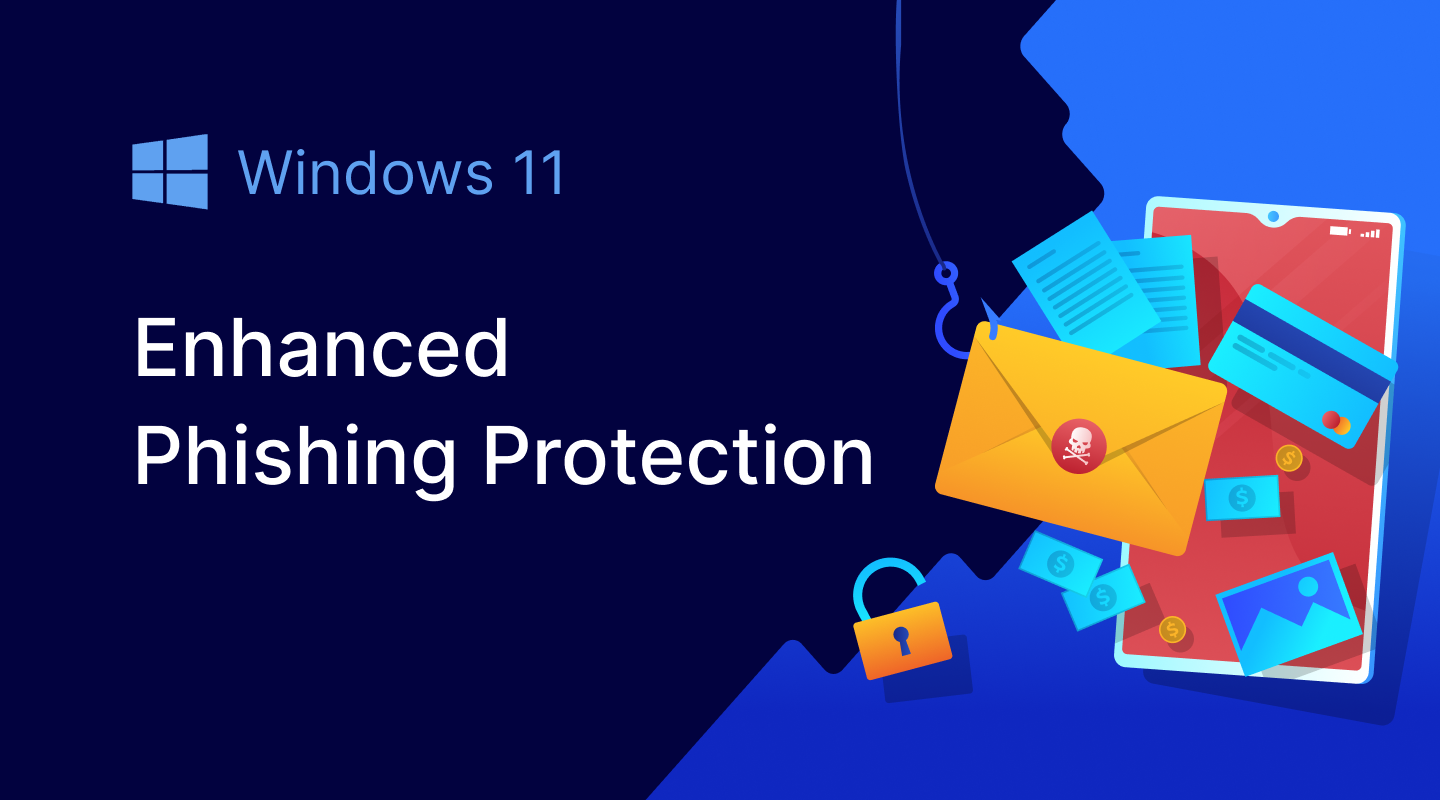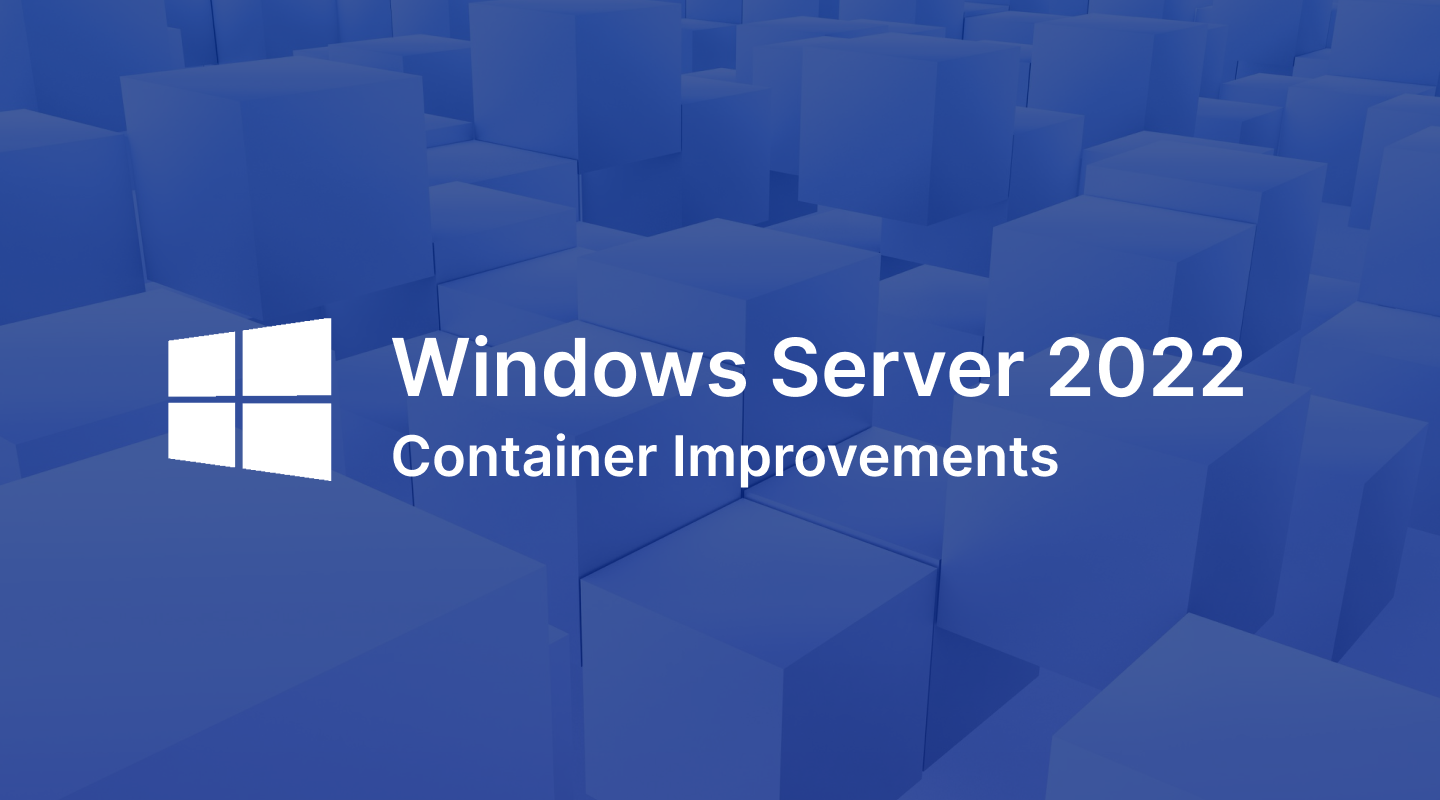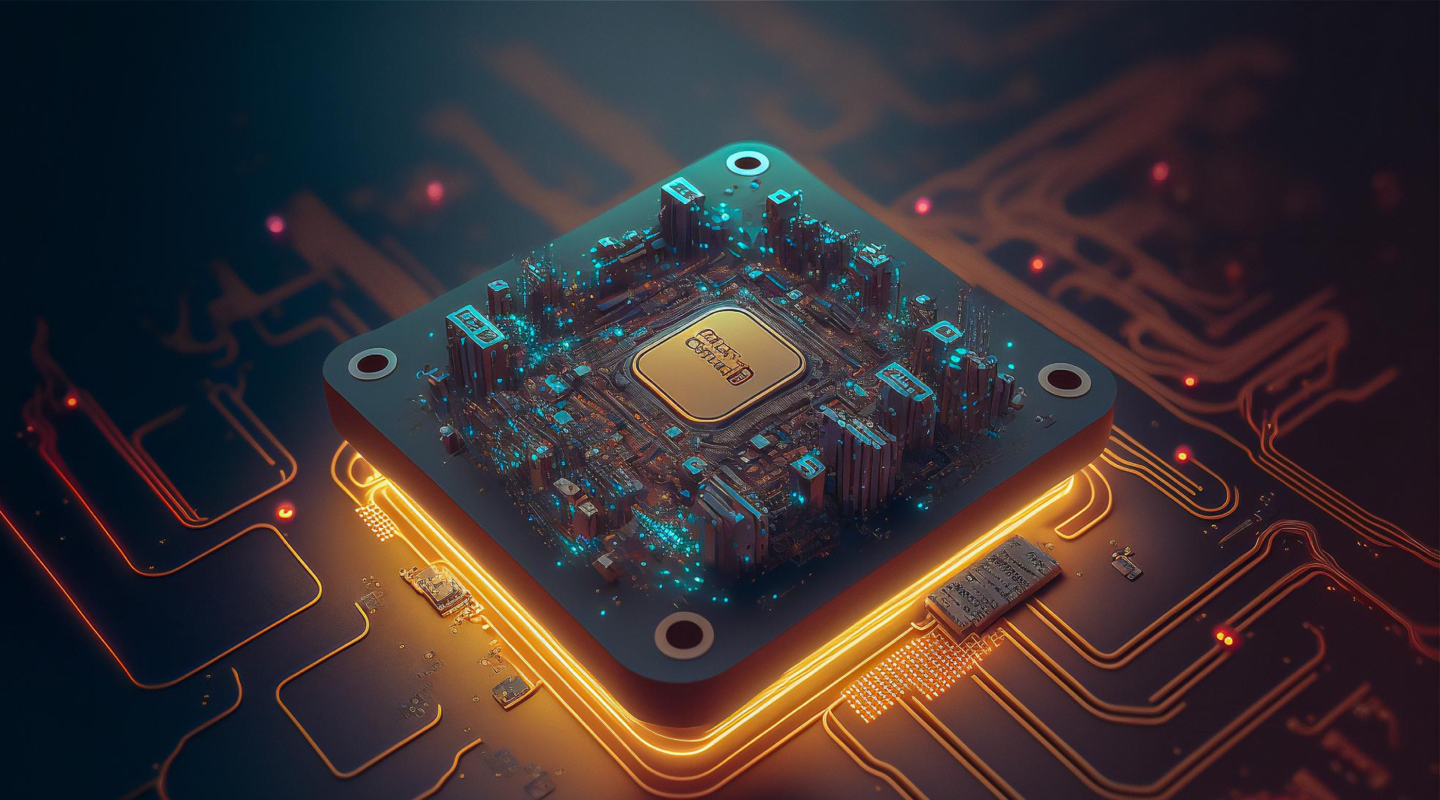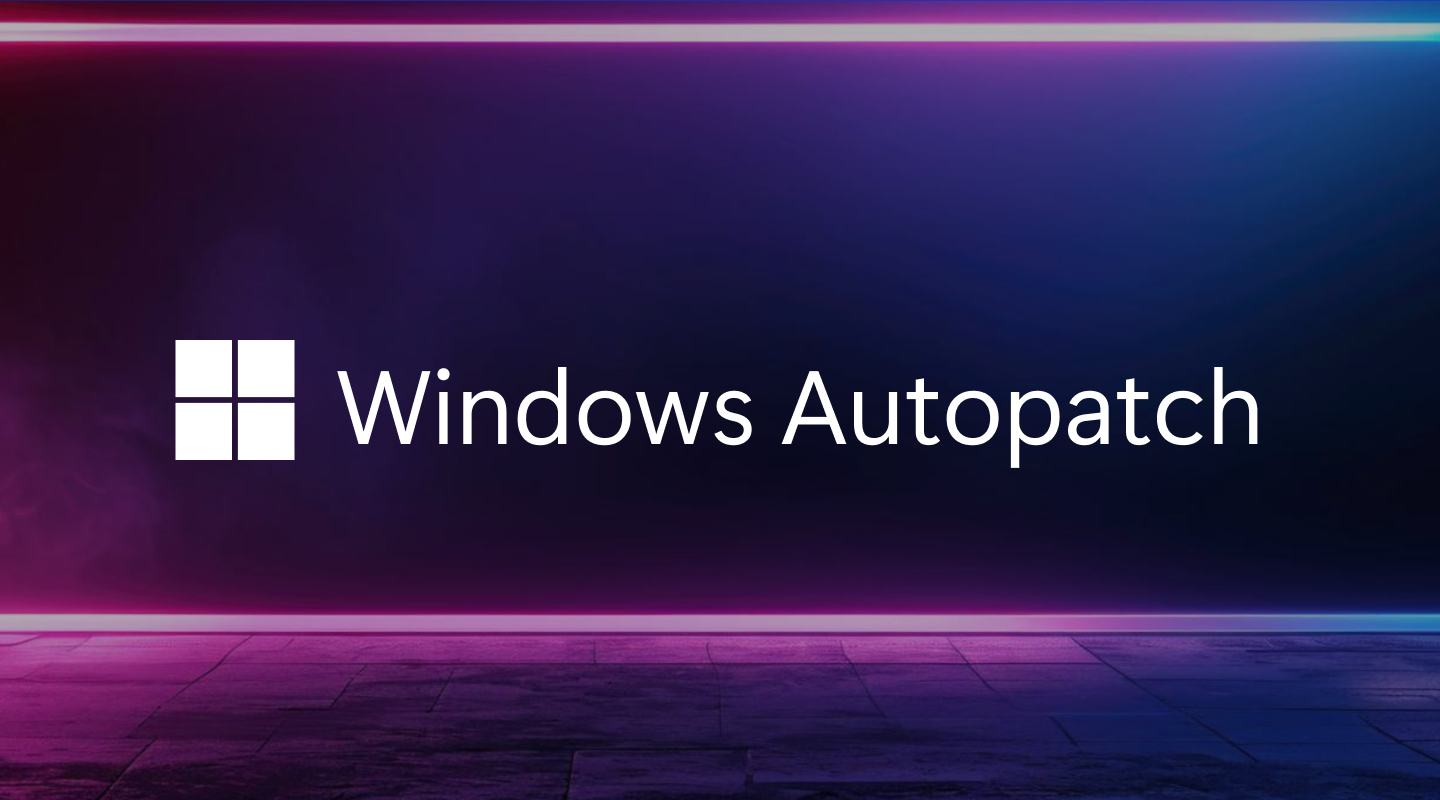Microsoft recently announced Windows Hello for Business Hybrid Cloud Kerberos Trust to help with the complexity of passwordless authentication. It is commonly thought passwords are the weakest link in a company’s cybersecurity posture. While Azure has seen various aspects of passwordless authentication, Windows has been lacking.



